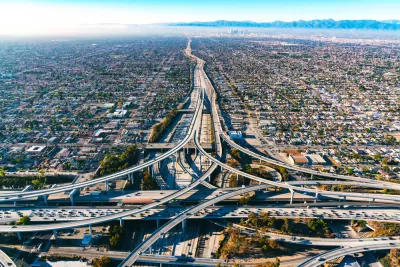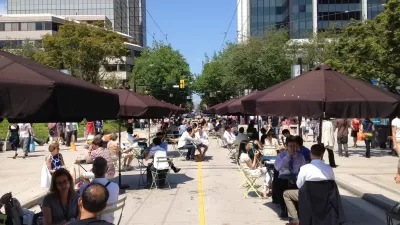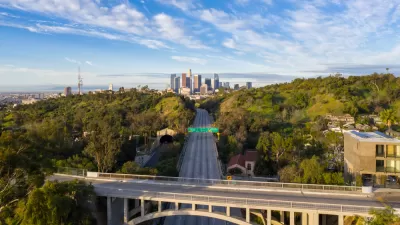The United Nations International Panel on Climate Change (IPCC) released its latest report earlier this week, sounding the alarm that time is running out to make the changes that can prevent the worst outcomes of climate change.

According to the IPCC Working Group III report, "Climate Change 2022: Mitigation of climate change," the world can still halve greenhouse gas emissions by 2030 to limit global warming to 1.5 degrees Celsius. From 2010-2019, average annual global greenhouse gas emissions were at the highest levels in human history, according to a press release announcing the report, but the rate of growth has slowed and there is increasing evidence of climate action.
An article for the Washington Post by Sarah Kaplan and Brady Dennis summarize six of the biggest climate action recommendation of the report—in all the report includes hundreds of ideas for greenhouse gas emission reductions. One of the big ideas explored in the article—turning cities clean and green—is directly connected to the field of planning.
"Simple urban planning measures, such as increasing density, mixing residential and commercial areas so people can live where they work, and developing along public transit corridors, could cut urban carbon pollution by roughly a quarter by 2050," according to the article.
There is more detail about how to transform cities for a low-carbon future in the source article below, as well as the other five steps to halt climate change listed here: 1) Switch on renewable energy, 2) Make buildings more efficient, 3) Rev up electric vehicles—and walk or bike the rest of the way, 4) Sink carbon into the land, and 5) Invest in a fairer world.
FULL STORY: Six steps the world can take to halt climate change

Study: Maui’s Plan to Convert Vacation Rentals to Long-Term Housing Could Cause Nearly $1 Billion Economic Loss
The plan would reduce visitor accommodation by 25,% resulting in 1,900 jobs lost.

North Texas Transit Leaders Tout Benefits of TOD for Growing Region
At a summit focused on transit-oriented development, policymakers discussed how North Texas’ expanded light rail system can serve as a tool for economic growth.

Using Old Oil and Gas Wells for Green Energy Storage
Penn State researchers have found that repurposing abandoned oil and gas wells for geothermal-assisted compressed-air energy storage can boost efficiency, reduce environmental risks, and support clean energy and job transitions.

Santa Barbara Could Build Housing on County Land
County supervisors moved forward a proposal to build workforce housing on two county-owned parcels.

San Mateo Formally Opposes Freeway Project
The city council will send a letter to Caltrans urging the agency to reconsider a plan to expand the 101 through the city of San Mateo.

A Bronx Community Fights to Have its Voice Heard
After organizing and giving input for decades, the community around the Kingsbridge Armory might actually see it redeveloped — and they want to continue to have a say in how it goes.
Urban Design for Planners 1: Software Tools
This six-course series explores essential urban design concepts using open source software and equips planners with the tools they need to participate fully in the urban design process.
Planning for Universal Design
Learn the tools for implementing Universal Design in planning regulations.
Ascent Environmental
Borough of Carlisle
Institute for Housing and Urban Development Studies (IHS)
City of Grandview
Harvard GSD Executive Education
Toledo-Lucas County Plan Commissions
Salt Lake City
NYU Wagner Graduate School of Public Service





























